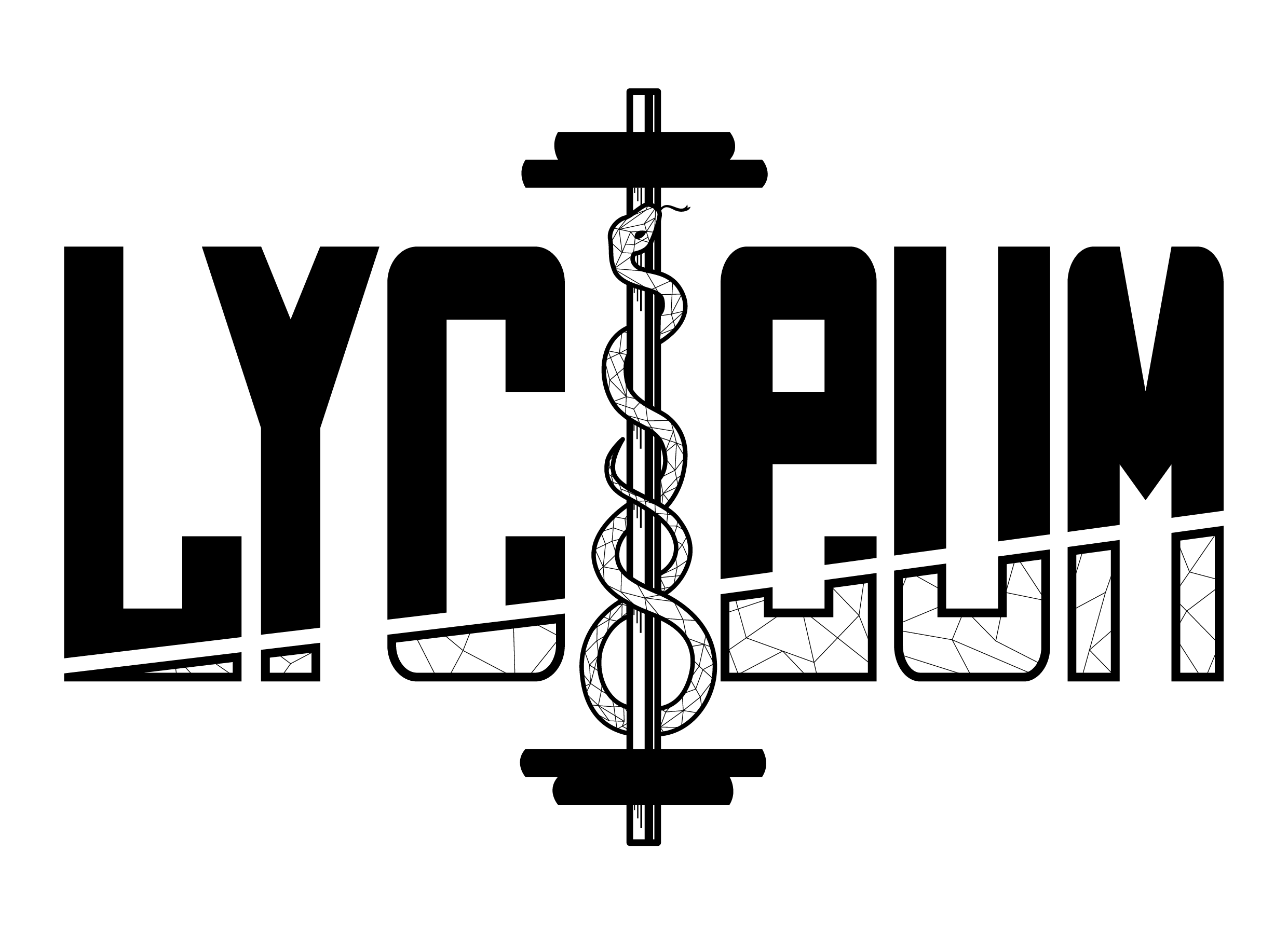Why Proper Form Beats Ego Lifting - A Lesson from Lyceum Trainers
Why Proper Form Beats Ego Lifting — Lessons from
Lyceum Gym SA Trainers
At Lyceum Gym SA, we see it every day — someone chasing numbers before mastering form. Ego lifting might look impressive for a rep or two, but it’s the fastest route to injury and plateaus. Our trainers emphasize foundational technique because real strength isn’t about how much you can move once —it’s about how you move every time. By dialing in your mechanics, you’ll not only prevent injuries but actually lift more in the long run. Progress comes from consistency, not shortcuts.
When lifting, regardless of intended result, the technical aspects play a significant role. In bodybuilding, or otherwise hypertrophy training, technique is used to eliminate the use of excessive load that might be needed to achieve a significant enough volume to the intended muscle to elicit a growth response. In more direct strength training, as in olympic weightlifting or powerlifting, technique is used to ensure maximal load is achieved while maintaining joint positions that are the least like to take injury under the highest possible forces.
Ego lifting, or lifting in a manner that sacrifices technical aspects such as range of motion, tempo control, or joint position to enhance the weight be some degree. Often the degree of risk is proportional to the degree of technicality sacrificed. Nominal sacrifices yield nominally enhanced risks, while substantial technical sacrifices produce substantially enhanced risks.
What would be wise to consider doing with your own training: record your sets. Not with the intent to post, but with the intent to review your technique, particularly across time. Apps like Coach's Eye can be extremely useful for reviewing joint angle changes. For each exercise you are looking to improve (like deadlift for powerlifters, snatch for olympic lifters) record your sets from as close to the same angle and distance as is possible so you can accurately assess how things are changing across time. You'll also be able to spot deficiencies in the execution of the lifts, especially with modern cameras being able to record with clarity at a high frame rate.
Train hard. Train smart. Train the Lyceum way.
